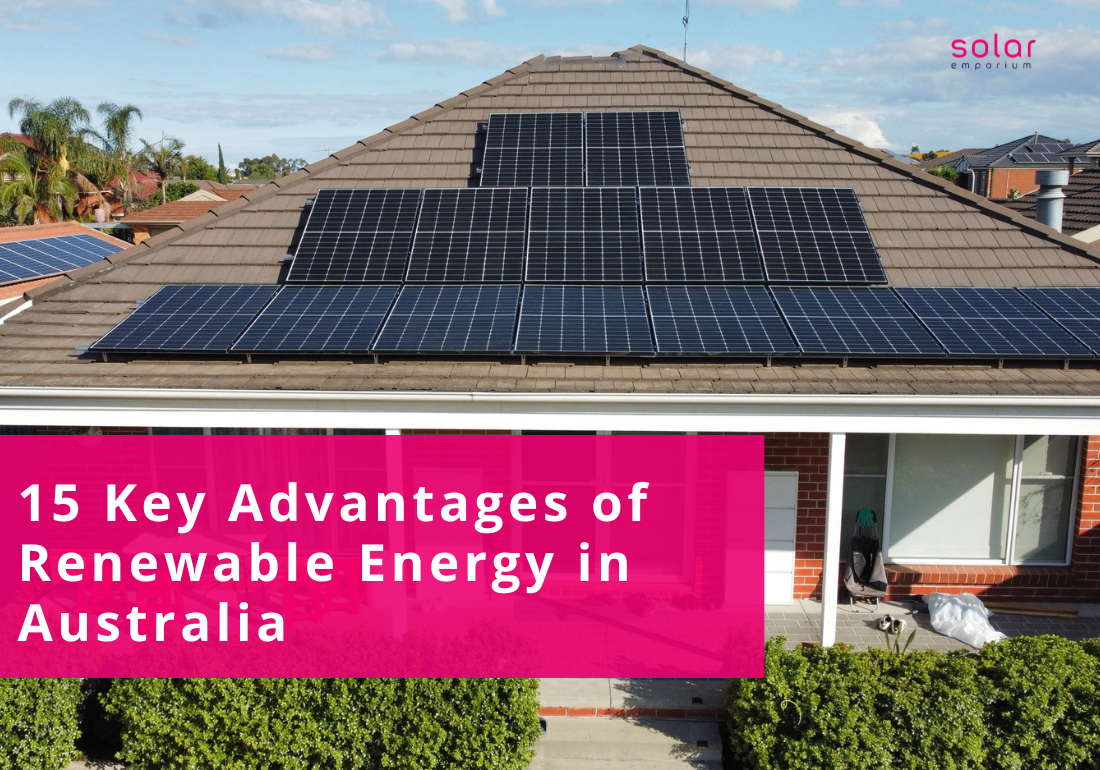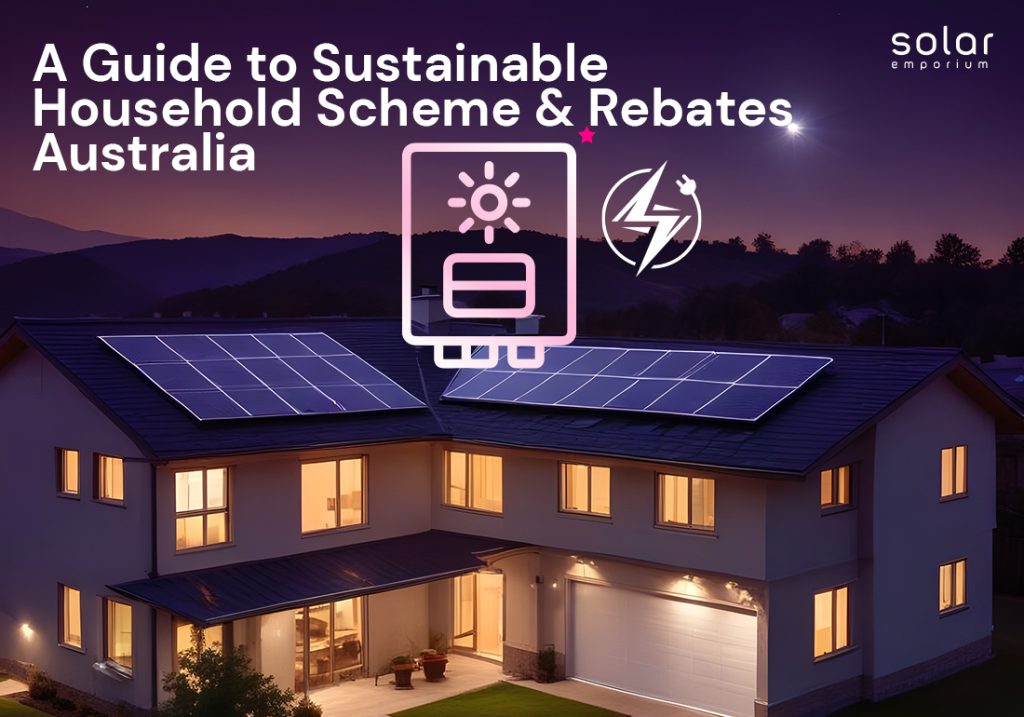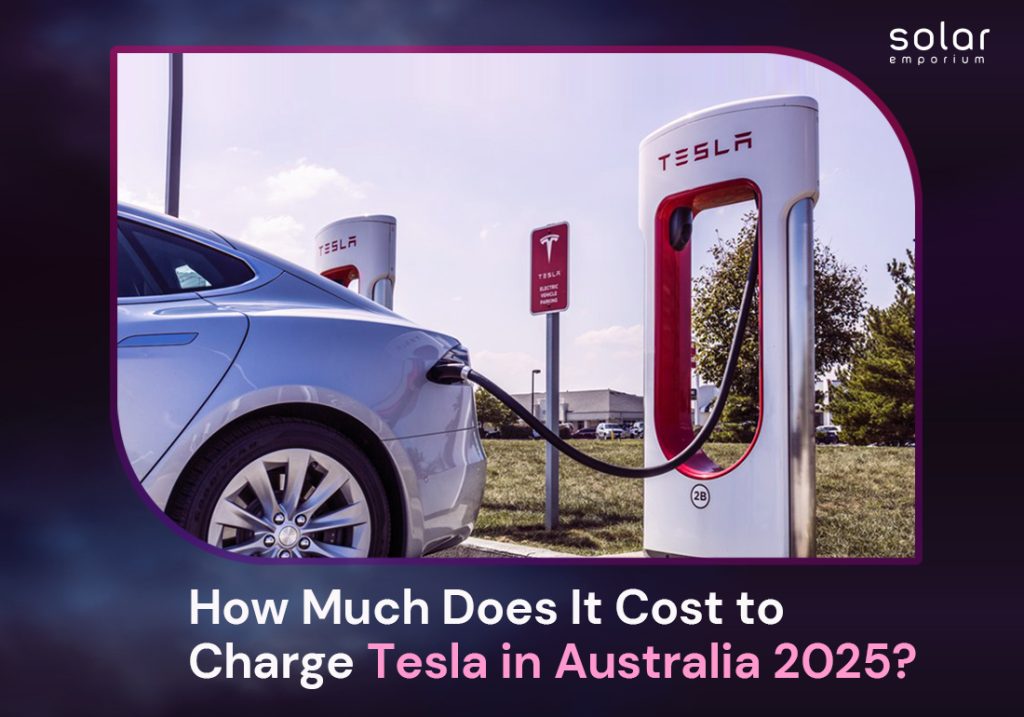As renewable energy has become a widely popular source worldwide, Australia is no different!
The country is geographically blessed with its sunny coastline, expansive deserts, and abundant natural resources. Data shows that 39.4% of Australia’s total electricity comes from renewable sources, with an annual increase of 9.7%.
From solar farms soaking up the sun’s rays to wind turbines harnessing coastal breezes and geothermal power plants exploiting heat from the Earth’s interior, the shift to renewable energy offers a path to economic growth, energy security, and innovation.
Therefore, the key to a sustainable future lies beneath our feet and above our heads.
Sounds funny, isn’t it?
However, in this blog, we’ll explore 15 key advantages of renewable energy in Australia, uncovering why embracing this transformation is essential for a brighter, greener future.
Ready to discover how renewable energy reshapes Australia’s energy landscapes?
Let’s get started!
Powering the Future: The Promise of Renewable Energy
Renewable energy is considered one of the most affordable power options worldwide. Recently, the rise in electric costs and environmental concerns in Australia have made people switch to this clean and sustainable alternative.
The country has already made substantial investments in renewable technologies and infrastructure to transition to a sustainable and healthy lifestyle.
People from diverse income groups can now utilize these renewable sources and effectively generate electricity to meet their daily needs.
However, the main challenge is effectively integrating these renewable sources into the national grid while ensuring reliability and accessibility for all.
So, before moving to the details, let’s understand renewable energy and its importance.
What Exactly is Renewable Energy?
Renewable energy is derived from natural resources that are replenished at a faster rate than they are consumed. It is a sustainable solution and is abundant in nature, which means it won’t run out fast.
For example, in Australia, solar, wind, and hydropower are some of the main renewable sources.
Even though solar energy has led to the energy revolution, the impact of hydro, wind, and other renewable energy cannot be disregarded.
According to the Clean Energy Council, particularly rooftop solar accounted for 28.5% of the total electricity (39.4%) generated by renewable energy sources in Australia.
Do We Need Renewable Energy Sources?
Shifting to renewable sources is a must if you want to live a sustainable, resilient, and healthy future.
Wondering why? Let’s read further and find the answer.
Even in 2024, around 80% of global energy production still comes from fossil fuels. Burning fossil fuels like coal, gas, and oils is the major contributor to greenhouse gases.
Fossil fuels need millions of years to form, and when released into the atmosphere, they contribute to climate change and air pollution, leading to severe health impacts and environmental degradation.
On the flip side, renewable energy is abundant and sustainable, which significantly reduces greenhouse gas emissions. Unlike fossil fuels, these sources produce very little to no emissions during operation, helping to combat climate change.
Moreover, renewables are becoming increasingly cost-effective and efficient as technology advances, making them accessible to all.
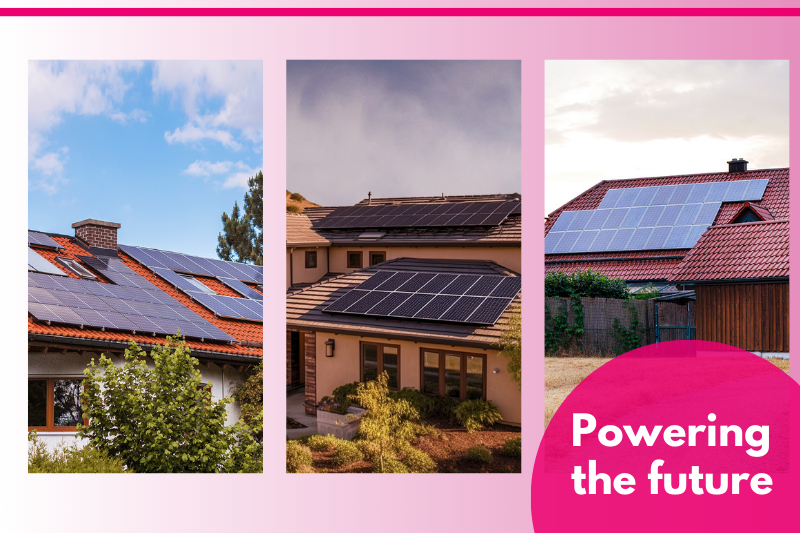
The Most Popular Renewable Energy Sources You Should Know About
Only a few renewable sources help us generate electricity. Australia’s most common renewable energy sources are solar energy, hydroelectric power, and wind energy.
Moreover, the other types include bioenergy, geothermal energy, and ocean waves or tidal energy.
So, here are the details about the renewable alternative energy sources currently leading the energy world.
Solar Energy
Solar power utilizes the energy from the sun to generate electricity. The panel’s surface captures the energy from sunlight and converts it into electricity or heat.
Do you know Australia stands on the frontline in solar energy adoption per capita? The country’s high sun exposure makes it one of the suitable places for solar power generation.
Statistics show that nearly 3.7 million rooftops across Australia have already installed solar panels. This helps lower electricity bills and promotes sustainable practices.
However, you can also integrate solar with other renewable sources to maximize the benefits.
Wind Energy
The process involves wind turbines, which convert the wind’s kinetic energy into electricity. Wind farms usually have these turbines placed offshore or in coastal areas at higher altitudes, where the wind rate is maximum.
This has a minimal environmental impact and can generate electricity throughout the day and night.
Wind energy is also a popular choice for many large-scale companies because it’s a consistent and cheap renewable energy source.
Hydropower
Hydropower utilizes the energy from moving or falling water bodies. In this process, the hydroelectric dams are located on rivers or reservoirs.
When the waters are released from the high elevation, they flow through turbines, making them spin. Here, the turbines convert kinetic energy into mechanical energy.
The turbines are connected to generators, which further convert mechanical energy into electrical energy before distributing it to households and the grid.
Geothermal Energy
Geothermal energy is derived from the earth’s interior surface. The heat captured in Geothermal plants produces steam that can turn the turbines for electricity production.
It can also be used directly for room heating, thus reducing the burning of fossil fuels like coal, gas, or oil during winter.
Biomass Energy
The combustion of organic materials like plant and animal waste produces biomass energy.
In this process, the materials are burned or converted into biofuels, such as ethanol or biodiesel, to generate energy.
Wave Energy or Tidal Energy
Wave energy is captured by the movement of tidal or ocean waves. Here, turbines are placed in tidal streams or bays to capture the energy from the rise and fall of tides in coastal areas.
This energy is then converted into electricity. However, this technology is still in the early development phase and has a high upfront cost.
So, to make it widely accessible and cost-effective, several testing processes with advanced technological innovations are required.
From Fossil Fuels to Renewables: Is Energy Transition Really Worth It?
Any kind of change often puts people in a dilemmatic situation. And there comes the question: is the transition from fossil fuel to renewable energy sources worth it?
In today’s world, fossil fuels are responsible for 83% of total carbon dioxide (CO2) emissions, whereas electricity production from coal-fired power stations alone contributed 36%.
Well, the transition from fossil fuels to renewable energy is a complex and multifaceted issue. Evaluating whether this shift is “worth it” requires considering various perspectives.
Particularly in light of recent data on climate change, the Earth’s average temperature has risen by 0.98°C over the last century. However, the most concerning part is that without further interventions, the temperature is estimated to rise to 1.5° by 2030.
The impact of global warming is also evident in various fields. Sea levels rise as glaciers melt, and countries are experiencing frequent heat waves, droughts, and natural disasters.
So, don’t you think these alarming trends underscore the urgent need for a transition to renewable energy?
The answer is ” yes. ” This transition is worth it and plays a pivotal role in mitigating the effects of global warming, protecting the planet’s future.
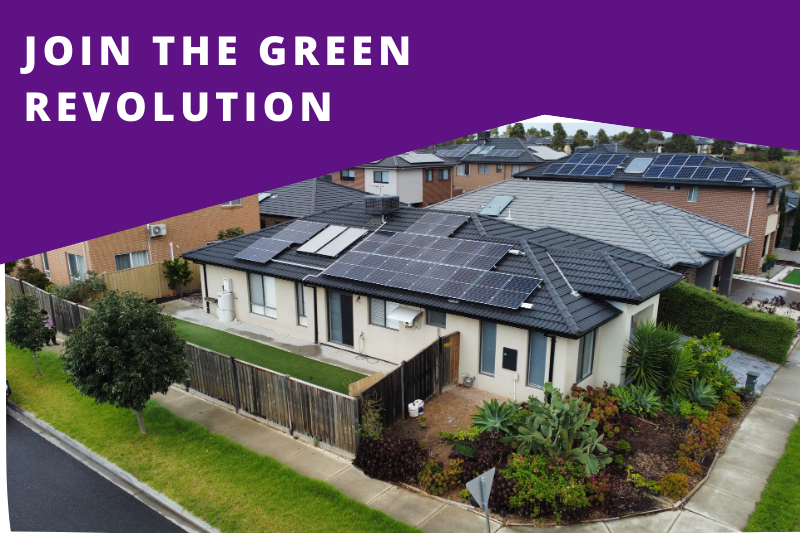
15 Key Advantages of Renewable Energy | Join the Green Revolution
1. Environmental Benefits
Energy derived from natural renewable sources offers very minimal to zero carbon emissions. This green energy reduces carbon footprint, improves air quality, and minimizes environmental pollution.
Therefore, these sustainable energy sources can mitigate global warming issues and provide climate change solutions.
The best part of the benefits isn’t over: With these renewable energy sources in Australia, you also don’t have to rely on fossil fuels for power generation.
Isn’t it a win-win for all?
2. Reduce Energy Cost
One of the top benefits of renewable energy is that investing in it can save money on electric bills.
For example, homeowners can install solar panels with battery storage, which ensures a reliable power supply. People can also benefit financially by generating extra energy and supplying it to the grid through feed-in tariff programs.
3. Energy Independence
With renewable energy sources, Australians can now generate their own electricity. This means people can efficiently address changes in energy prices by switching to alternative sources.
It helps to reduce their dependence on imported fuels, so they don’t have to consider geopolitical issues such as fluctuations in supply management and oil prices.
4. Ensure Economic Growth & Job Creation
The growing demands in the renewable energy sector create new markets and many exciting job opportunities at research, manufacturing, and installation sites.
Overall, these renewable power projects help boost Australia’s economy and remove poverty by empowering people in underprivileged and remote areas.
5. Low Maintenance & Operating Costs
Investing in renewable energy sources in Australia has many advantages in the long run. Despite their high upfront costs, they provide affordable energy solutions that are accessible to all.
Also, they require minimal maintenance, and the operational cost doesn’t feel overburdening.
6. Advanced Technological Innovation
7. Allows Versatile Application
Renewable energy sources are highly adaptive and offer great flexibility in any setup. Whether it’s a large-scale or small-scale application, it can be tailored according to your energy needs.
You can expand, customize, and adjust everything depending on your preference.
8. Diverse Energy Portfolio
A mix of renewable sources like solar, wind, and hydro can ensure reliability and energy resilience. This energy diversification reduces dependency on a single source.
So, it helps mitigate the associated risks related to electricity supply and energy portfolio management.
9. Supports Rural Electrification
10. Reduce Health Risk
Burning fossil fuels releases harmful gases and pollutants that pose significant health risks. It contributes to respiratory and other health problems.
By transitioning to renewable energy, Australia can reduce air pollution, improve public health outcomes, and lower healthcare costs.
11. Empowers Community
Renewable energy projects often involve local communities in the planning and implementation stages.
Initiatives like community solar projects and educational programs on the benefits of renewable energy can lead to greater acceptance of this green, sustainable, abundant natural energy source.
12. Enhance Energy Security
Rooftop solar panels and other distributed renewable energy systems enhance the resilience of energy infrastructure against natural disasters and power outages.
With many renewable options, these energy systems ensure uninterrupted, reliable energy for households and commercial buildings.
13. Strengthen Grid Stability
Transitioning to renewable sources means you don’t have to rely on the national grid for energy needs.
With renewable sources, you can generate electricity and power your homes while reducing the load on the Australian national grid.
This results in less power outages and more grid stability.
14. Provide Sustainability for Future Generations
15. Cut Down Waste by Recycling
Integrating renewable energy into recycling can significantly reduce waste and its associated environmental impacts.
Recycling not only supports sustainable practices but also encourages communities to embrace a circular economy, where materials are reused and repurposed. This reduces the landfills and disposal of harmful elements on the earth’s surface, contributing to a cleaner, more sustainable future.
For example, people effectively use plant and animal waste for energy generation in the biomass energy production process.
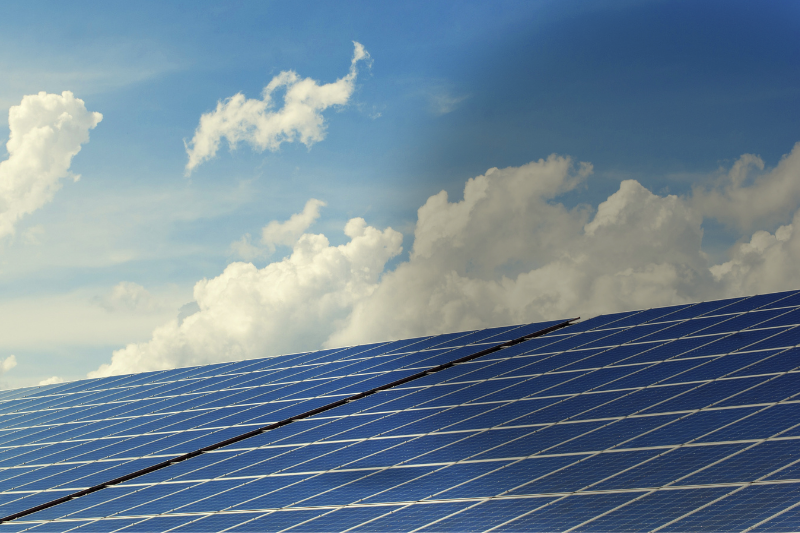
The Diverse Use of Renewable Energy for a Sustainable Future
Renewable energy can be utilized in various sectors, from electricity generation, heating, and cooling to transportation. It enhances the quality of life for all Australians and reduces their dependency on fossil fuels.
Additionally, solar panels and wind turbines help power the irrigation process in agricultural fields, thus promoting sustainable agricultural practices.
Integrating renewable sources into building architecture enhances your home’s energy efficiency, ensuring energy independence and grid stability.
Also, if you are living in an underprivileged or rural area where grid supply is still unavailable, off-grid renewable energy systems are there to provide electricity. These systems empower communities by enhancing their quality of life and enabling economic development.
Ultimately, by investing in these clean, green energy sources and implementing them in diverse sectors, Australians are not only addressing the climate change issues but also fostering economic growth and stability.
Want to slash your energy costs, reduce your carbon footprint, and actively participate in the renewable energy revolution?
Solar Emporium is here to support your journey! Contact us and get a free solar quote today!
